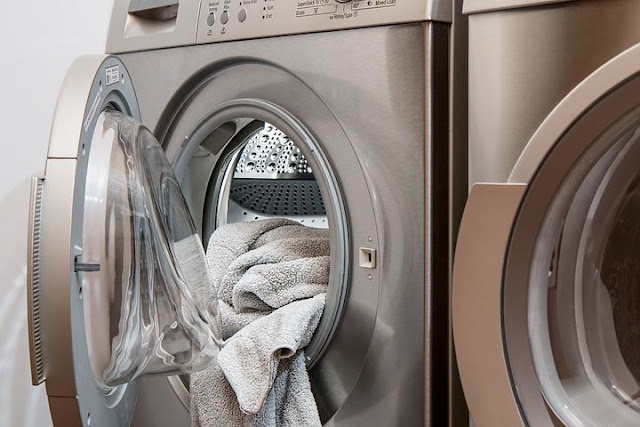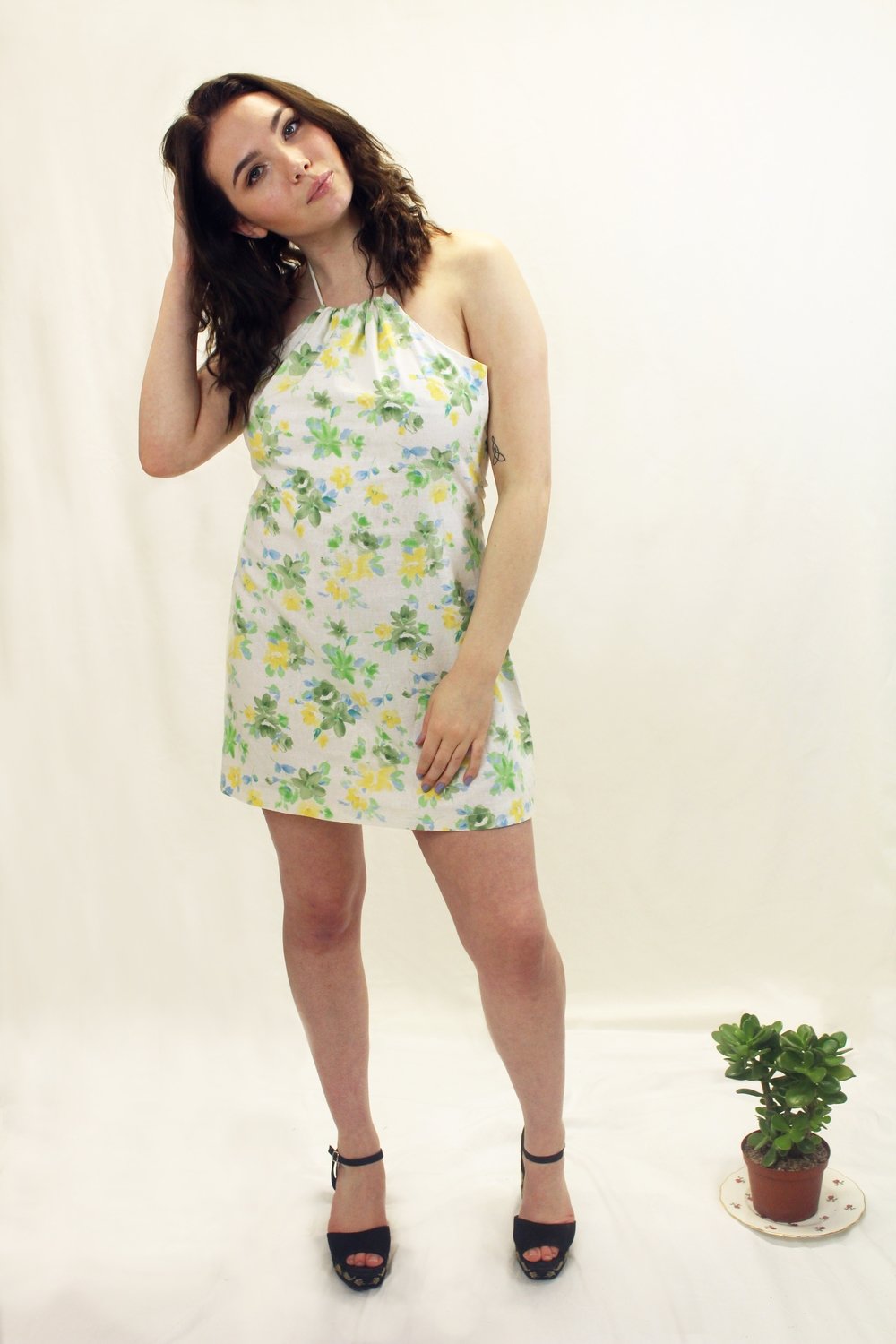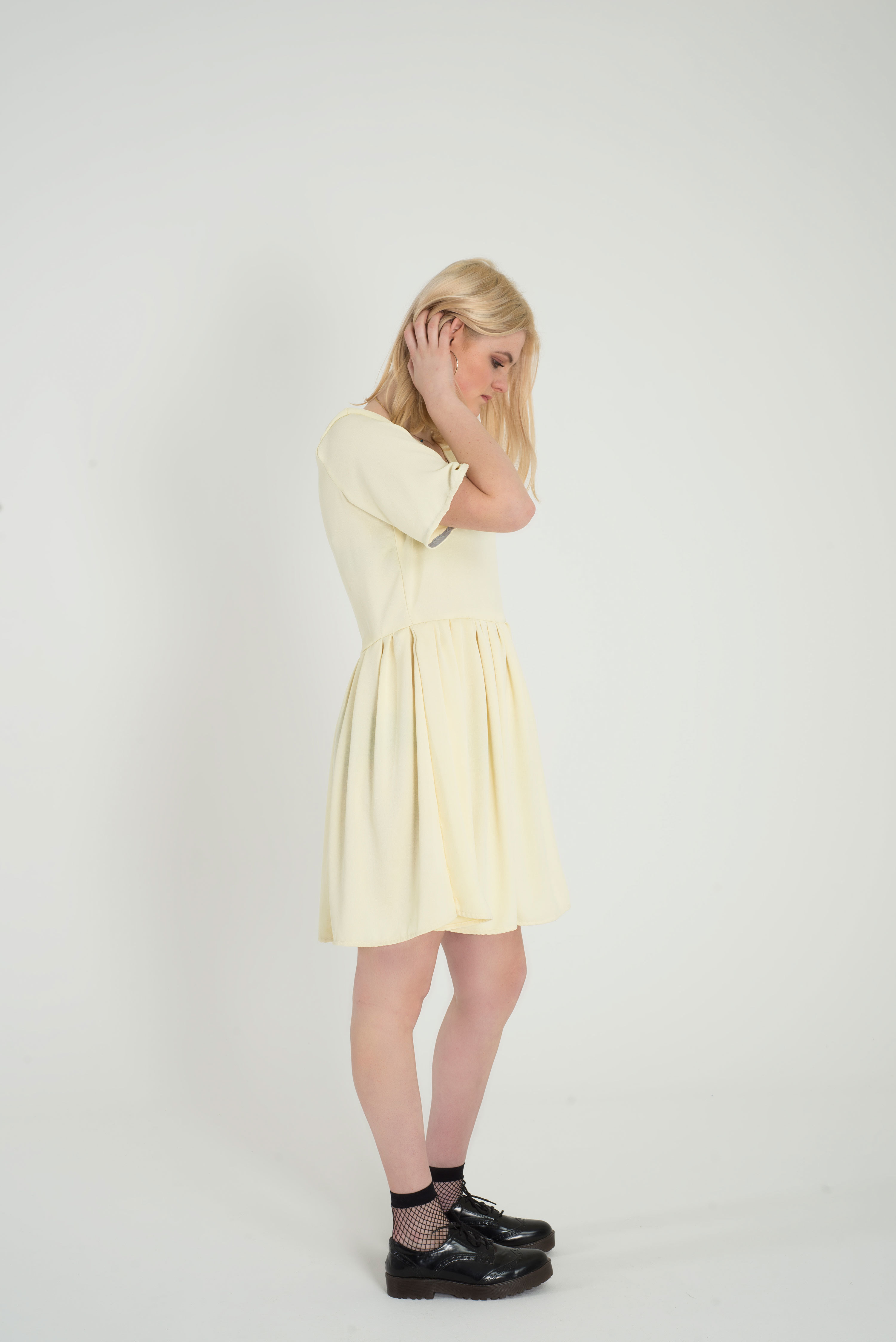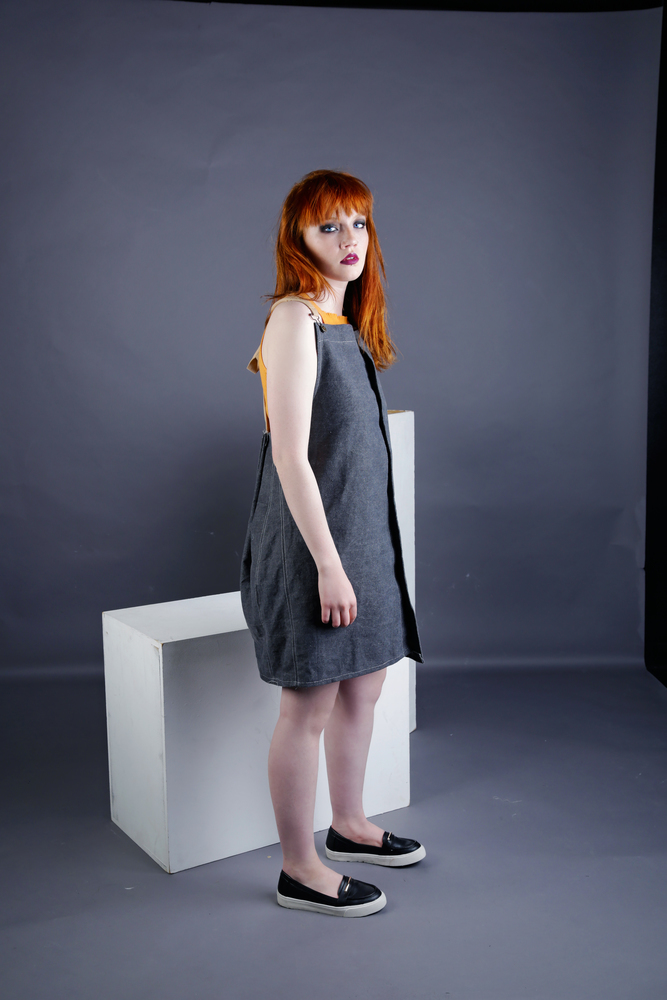As fashion week is in full swing we thought we would take a look at the processes behind Fashion Trends & consumers desires for new convenient collections.
What is Fast Fashion?
It’s astonishing how quickly ‘fast fashion’— a low-cost, speedy way of shifting massive amounts of clothing from
stores world-wide— has taken over the globe. First conceived in the ‘80s, the concept has gripped the planet in a
way which has caused us to lose sight of how precious our natural resources are. Fast fashion runs on two basic
principles: low cost of production and at the time of selling, and speed of manufacture. The last is important as it
enables retailers to jump on the bandwagon and produce clothing in time for each new celeb/catwalk trend, as it
happens. Along the way, textile production has been outsourced to developing countries (the poorer the better).
All too often we know nothing about who makes our clothes, and we rarely hear about the impact this industry has
on workers and the environment. Is it really out of sight, out of mind? Not quite. Many organisations such as
Love Your Clothes and Remake work tirelessly to shed light on the effect our insatiable desire for fast fashion has
on both people and planet.
stores world-wide— has taken over the globe. First conceived in the ‘80s, the concept has gripped the planet in a
way which has caused us to lose sight of how precious our natural resources are. Fast fashion runs on two basic
principles: low cost of production and at the time of selling, and speed of manufacture. The last is important as it
enables retailers to jump on the bandwagon and produce clothing in time for each new celeb/catwalk trend, as it
happens. Along the way, textile production has been outsourced to developing countries (the poorer the better).
All too often we know nothing about who makes our clothes, and we rarely hear about the impact this industry has
on workers and the environment. Is it really out of sight, out of mind? Not quite. Many organisations such as
Love Your Clothes and Remake work tirelessly to shed light on the effect our insatiable desire for fast fashion has
on both people and planet.
So what’s really so bad about Fast Fashion? Let’s take a look, from the production of weavable fibres to the factory
workers who stitch them together.
workers who stitch them together.

Fabric Production and Treatment
Fibre production and fabric manufacturing, regardless of whether it’s natural (plant/animal based), man-made
or synthetic, uses a vast and colourful array of insecticides, petroleum derivatives and processing chemicals,
at almost every step of sourcing and production. It uses a lot of energy and natural resources including water,
chemicals and oils. Cotton farmining particular utilises an enormous amount of fertiliser chemicals, along with
a staggering 25% of insecticides used worldwide.
It’s also estimated that genetically modified cotton occupied 43% of cotton-growing areas across the planet, as
of 2007. This figure has undoubtedly risen since. The fast fashion trend puts an enormous amount of pressure
on this process, increasing the number of chemicals used and resulting in some manufacturers cutting corners
on the safety of their workers.
or synthetic, uses a vast and colourful array of insecticides, petroleum derivatives and processing chemicals,
at almost every step of sourcing and production. It uses a lot of energy and natural resources including water,
chemicals and oils. Cotton farmining particular utilises an enormous amount of fertiliser chemicals, along with
a staggering 25% of insecticides used worldwide.
It’s also estimated that genetically modified cotton occupied 43% of cotton-growing areas across the planet, as
of 2007. This figure has undoubtedly risen since. The fast fashion trend puts an enormous amount of pressure
on this process, increasing the number of chemicals used and resulting in some manufacturers cutting corners
on the safety of their workers.
Most people aren’t aware of the number of potentially hazardous chemicals used to make their clothes. These
chemicals put the manufacturers of textiles at risk of many serious health problems, such as cancer, infertility,
allergies and diabetes. For more information on the ways textile manufacturing harms people and communities,
check out fast fashion documentary The True Cost on Netflix, directed by Andrew Morgan.
chemicals put the manufacturers of textiles at risk of many serious health problems, such as cancer, infertility,
allergies and diabetes. For more information on the ways textile manufacturing harms people and communities,
check out fast fashion documentary The True Cost on Netflix, directed by Andrew Morgan.
An Environmental Disaster
“Textile dyeing is the second largest polluter of clean water globally, after agriculture”, according to
Patsy Perry, writing for The Independent.
For those in developing countries, who sometimes have difficulty in securing clean drinking water, this
is a dire issue. Poisonous cleaning and processing chemicals are released into the water and often leach
into rivers traditionally used as a source of drinking water.
The True Cost cites the leather industry as one of the worst contributors to this. Kanpur, India, supports
the production of cheap leather. The chemicals used to tan, treat and colour these products are often toxic
and can easily run into water used in agriculture, or even drinking water. The biggest culprit here is chromium-6,
a toxic chemical and confirmed carcinogen, and many of the people who live in close proximity to sites of leather
processing suffer from a number of issues caused by its contamination of groundwater and soil.
On another note, the fashion industry’s CO2 emissions are predicted to increase by 60% by the year 2030,
to a rate of nearly 2.8 billion tons per year.
Patsy Perry, writing for The Independent.
For those in developing countries, who sometimes have difficulty in securing clean drinking water, this
is a dire issue. Poisonous cleaning and processing chemicals are released into the water and often leach
into rivers traditionally used as a source of drinking water.
The True Cost cites the leather industry as one of the worst contributors to this. Kanpur, India, supports
the production of cheap leather. The chemicals used to tan, treat and colour these products are often toxic
and can easily run into water used in agriculture, or even drinking water. The biggest culprit here is chromium-6,
a toxic chemical and confirmed carcinogen, and many of the people who live in close proximity to sites of leather
processing suffer from a number of issues caused by its contamination of groundwater and soil.
On another note, the fashion industry’s CO2 emissions are predicted to increase by 60% by the year 2030,
to a rate of nearly 2.8 billion tons per year.

The Human Angle
The fast fashion industry is extremely problematic and riddled with complex environmental and humanitarian issues at every turn.
Ayesha Barenblat, founder of Remake, (mentioned above), reveals that 80% of clothing worldwide is made in developing countries by
women between the ages of 18 and 24 years of age, and that “the biggest corners fast fashion cuts are human”. Many people heading
up big corporations argue that the practices they display and their attitude to human labour in factories is beneficial to communities.
They justify their actions using excuses like, “A job is a job, regardless of working conditions or relative pay. We are fighting unemployment
in underprivileged communities”. When governments attempt to pass bills which will outline a specific code of conduct, calling for a set living
wage to be paid to all garment workers, for example, the companies who rely on the cheap labour of the workers will nearly always oppose it. John Hilary was until recently the executive director of War On Want, which describes itself as being “against the root causes of global poverty, inequality and injustice”. Hilary comments during The True Cost that, “when everything is concentrated into making profits for the big corporations, what you see is that human rights, the environment [and] workers’ rights get lost altogether. You see that workers are increasingly exploited because [labour costs] are pushed down and down and down, just to satisfy this impulse to accumulate capital”.
Ayesha Barenblat, founder of Remake, (mentioned above), reveals that 80% of clothing worldwide is made in developing countries by
women between the ages of 18 and 24 years of age, and that “the biggest corners fast fashion cuts are human”. Many people heading
up big corporations argue that the practices they display and their attitude to human labour in factories is beneficial to communities.
They justify their actions using excuses like, “A job is a job, regardless of working conditions or relative pay. We are fighting unemployment
in underprivileged communities”. When governments attempt to pass bills which will outline a specific code of conduct, calling for a set living
wage to be paid to all garment workers, for example, the companies who rely on the cheap labour of the workers will nearly always oppose it. John Hilary was until recently the executive director of War On Want, which describes itself as being “against the root causes of global poverty, inequality and injustice”. Hilary comments during The True Cost that, “when everything is concentrated into making profits for the big corporations, what you see is that human rights, the environment [and] workers’ rights get lost altogether. You see that workers are increasingly exploited because [labour costs] are pushed down and down and down, just to satisfy this impulse to accumulate capital”.
What Can I Do?
Head over to Love Your Clothes for loads of amazing tips on how to recycle, reuse, alter or mend your clothes!
An estimated three quarters of people in the UK throw away old clothes rather than recycle or donate,
so it’s important that you avoid putting clothes into landfill as much as possible. Ways of avoiding this may include:
An estimated three quarters of people in the UK throw away old clothes rather than recycle or donate,
so it’s important that you avoid putting clothes into landfill as much as possible. Ways of avoiding this may include:
- Buy clothing made from pre-used garments or textiles
- Mend old clothes
- Buy second-hand or vintage
- Avoid buying polyester or similar, where possible. Polyester is a synthetic fibre which, when washed, sheds
pass them up the food chain, where many of them eventually end up in us after we eat fish or shellfish
- Shop at Madia & Matilda! We use end-of-line or second-hand fabrics where possible, helping to reduce the
know exactly who makes each garment. Traceability and ethics are paramount to our business model!
If you have any comments, insights or ideas on the subject of fast fashion, please get in contact!
Sources:
Infographics from Remake website
Sincerely Madia & Matilda
Sincerely Madia & Matilda
































